Products like furniture glides, door stops, transport aids, furniture castors, table legs or coat rails don't seem particularly sexy to most people at first. But if you listen to Ellen and Ulrich Wagner, the managing directors of Wagner System GmbH, and sales manager Peter Gralla, you will quickly realise that they offer much more than just ordinary helpers for the home and garden. A lot of brainpower and attention to detail goes into Wagner products. And they also have to withstand a lot. In addition, there are current trends such as sustainability, cosiness and the link between stationary trade and online channels.
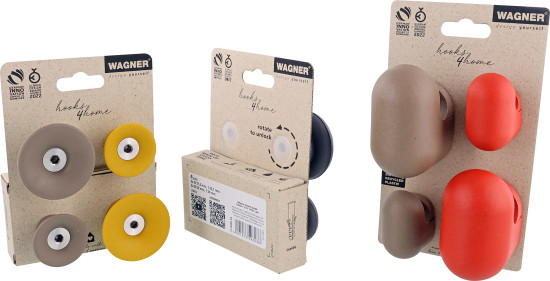
With its in-house exhibition, which is currently set up in one of the factory halls at the company's location in Lahr, the family-owned company from the Black Forest wants to bring all these requirements under one roof in a brand presentation. While the injection moulding machines next door spit out one plastic slide attachment after another, visitors are guided through the approximately 250 m2 showroom. The entire hardware range is presented with numerous new products; right next door is another stand with the complete garden range. The in-house exhibition offers convincing advantages, emphasises Ulrich Wagner: more time for customers, the choice between a virtual presentation via video transmission or a presentation in person, as well as timely planning for the next season in the trade. "Spoga+Gafa in the summer and also the hardware fair in the autumn are scheduled too late for this," explains the owner, who together with his sister Ellen took over the company founded in 1977 from their parents. "Our customers need strong-selling innovations now, not in six months' time," Peter Gralla also emphasises.
Not only the products on display are new, the presentation has also been revised. The baskets with loose goods have been halved and placed on top of each other. Connectors and fastening material are accommodated in a sliding wall. The customer can select and combine the required accessories. The packaging has also been optimised. "We have largely said goodbye to blister packaging," Ellen Wagner reports. They are now replaced by thin, transparent bags, attached to a tab made of FSC-certified cardboard. Some articles do not need any outer packaging at all. These measures make them more visible and noticeable and make it easier to recycle the packaging - the card goes into waste paper, the bag into plastic recycling.
The new design is also practical for retailers, she continues. The packaging has been slimmed down considerably, which gives more presentation space to offer the complete range and thus a large variety of products. In addition, Wagner relies on a language-neutral design. After all, the company is active on all continents worldwide. If a separate tab does not have to be printed for each country, there is no need for additional production, transport and storage of different language versions. This saves raw materials and energy.
End customers also find out which additional materials they need for mounting or assembly by scanning the code with their smartphone. "We offer them all the content they need," Eva Schilling emphasises, "and that's before they even leave the market." To this end, the provider is constantly adapting its online channels to current customer needs. "This is where the future lies," Peter Gralla is certain.
Since many DIY products require explanation, information boards on the shelves provide information about the right solution for the respective application. A colour-coded system makes it clear which section you are currently browsing. QR codes printed on each package lead to specially made, individual video tutorials. On the web, the company explains what do-it-yourselfers can create from the furniture parts in just a few steps - from bedside cabinets, decorative objects or stools to tables or shelves.
"The next big thing", as Ulrich Wagner calls the new wall hook range, is something the three of them save for the end of their tour of the fair. The market for hooks is actually saturated, Ulrich Wagner reports, but there is a lack of individuality and creativity there. Wagner now wants to change that with his colourful and flexible products. Two product lines have been created that fully correspond to the claim "design yourself" and current trends such as cocooning and sustainability. The "hooks4home" series, which was recently awarded the "German Innovation Award 2022", consists of the Tulip and Dot wall hooks, made of recyclable elastomer, and the Pill series, which is manufactured in Germany on the basis of organic and recycled plastic. The recycled material used comes from plastic residues left over from the production of plastic parts in the injection moulding plants.
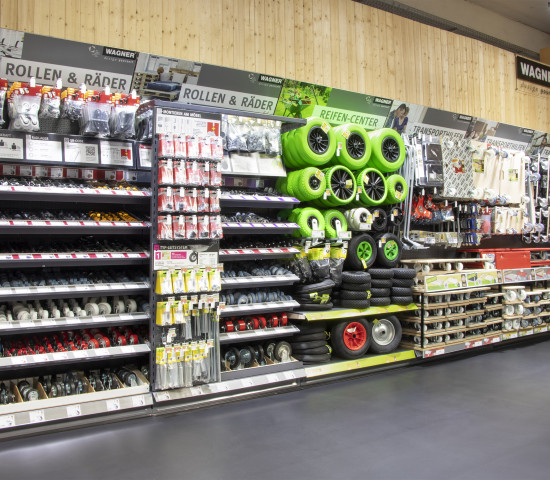
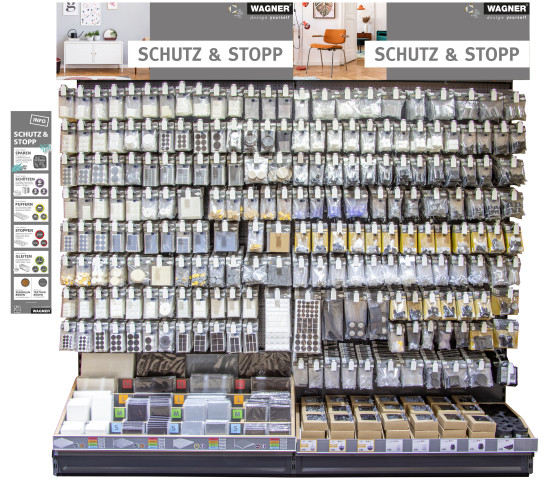
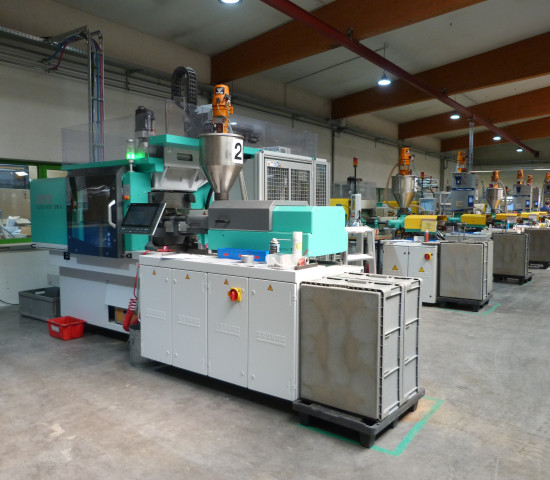
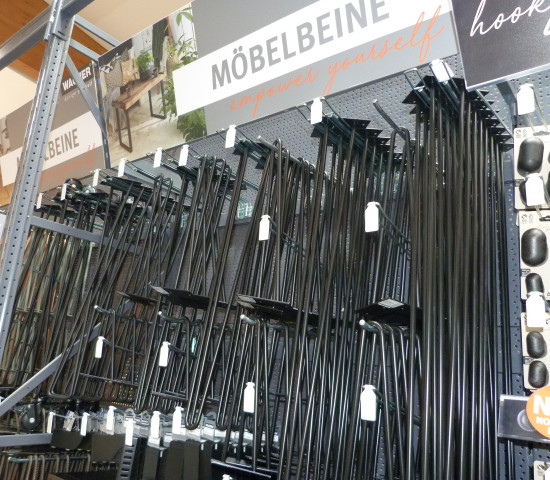
The packaging also scores with sustainability. It does without blisters or bags. The products are simply attached to a card that is made of grass fibres and is therefore 100 percent ecologically degradable. Printed on it is information, for example on how to attach it or on the fastening material, which is hidden in the hook itself or on the back of the tab. The hooks for the home, as the new products are translated, can be arranged on the wall as desired. "With this, we are deliberately moving away from the rigid coat rack", explains Ulrich Wagner.
The "hooks4tools" range is also a rail, but just as flexible. The organisation system consists of an extendable rail into which various hooks, tool holders or storage plates can be slid. These can be positioned as desired. There is a choice of smaller models, for example for fastening hand towels or dish towels, medium models for brooms or shovels and large ones in which cables or hoses can be hung. "This is simple and practical, because everything is well stowed away in the smallest space and always within reach," adds Ellen Wagner.

 Menü
Menü




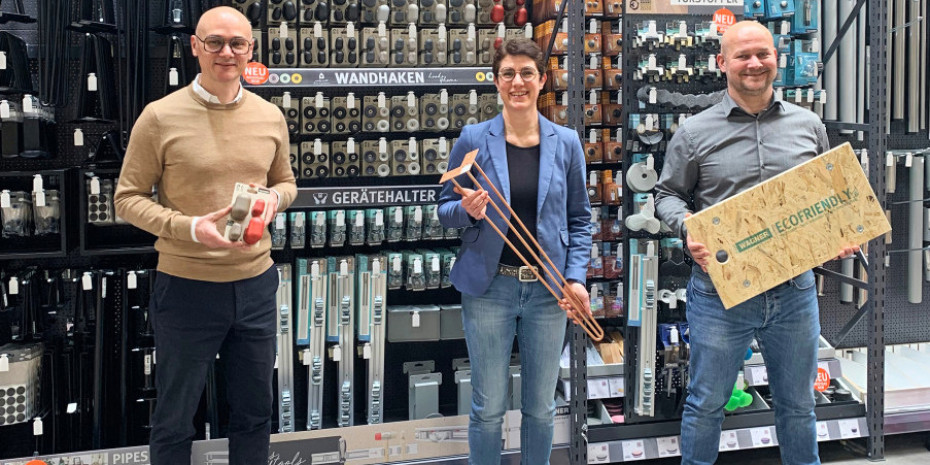

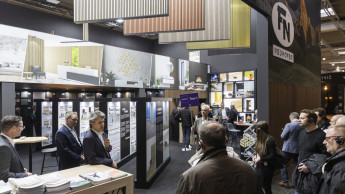

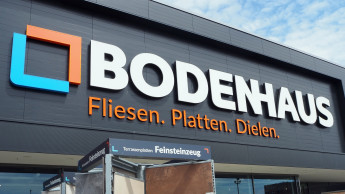
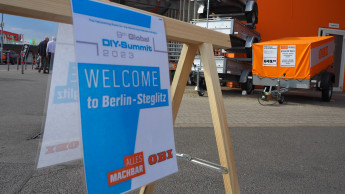

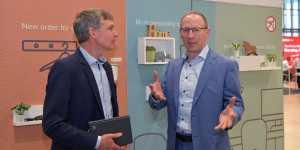


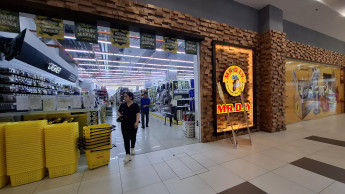
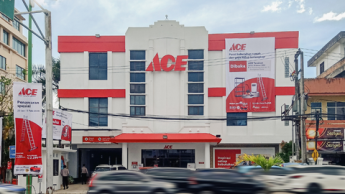
 Newsletter
Newsletter